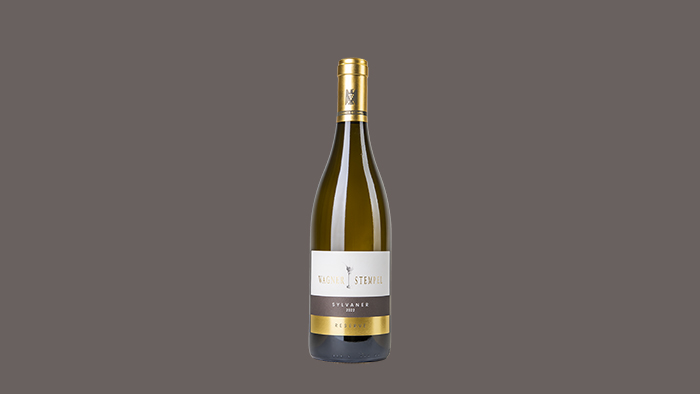Altitudes
Letting your eyes wander across the vast plains of arable land and the meadows of Rheinhessen, you can discover the village of Siefersheim, situated somewhat hidden at the utmost southern border of a tectonic upthrow extending from the middle reaches of the Nahe to this southern extremity. The elevations of Martinsberg, Heerkretz, Goldenes Horn and Höllberg, visible from afar, surround the village like the balconies of an antique amphitheater. Having originated in the Permian around 250 million years ago, the magmatic rock remained under the surface, weathering over millions of years up until today. It is mainly responsible for the unique flora and fauna of “Rheinhessische Schweiz”, beginning in this area.












